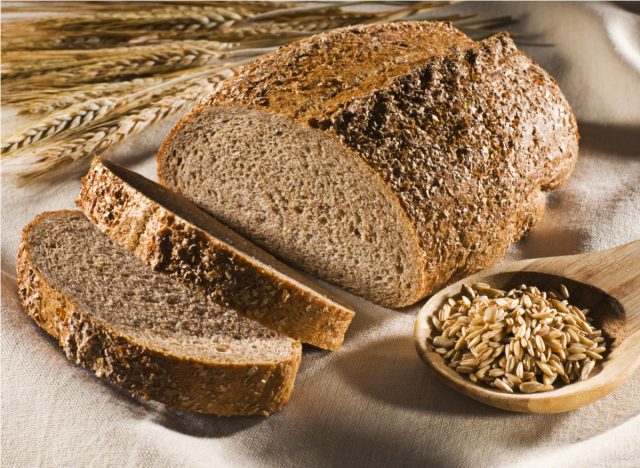Whether you have diabetes, prediabetes, or are just trying to manage your blood sugar, you know how crucial it is to be mindful of your diet. While you have likely already been given a list of foods to avoid, there are still plenty of foods that will keep your blood sugar levels at bay.
However, there is one rather ubiquitous food that is somewhat more complicated in nature: bread.
How does bread affect your blood sugar?
We all know that bread is high in carbohydrates, and this nutrient has been classified into two categories: simple and complex.
Simple carbs are made up of sugars like fructose and glucose, which have "simple" chemical structures that consist of one or two sugars. Although this structure allows these carbs to be quickly converted into energy, it can often lead to blood sugar spikes.
Conversely, complex carbs are composed of three or more sugars. This "complex" structure makes them take longer to digest and therefore doesn't cause your blood sugar to rise as rapidly.
However, as the Harvard Public School of Health notes, classifying carbohydrates as simple or complex "does not account for the effect of carbohydrates on blood sugar and chronic diseases." Instead, it's better to use the glycemic index (GI)—a system of ranking carbohydrates on a scale from 0 to 100 based on how they impact blood sugar levels.
Low-glycemic foods like oats and stone-ground whole-wheat bread have a rating of 55 or less. These foods cause blood sugar levels to rise more slowly. High-glycemic foods like white bread, on the other hand, are rated between 70 and 100. They digest more quickly, which leads to significant changes in your blood sugar levels. Plus, grains that have undergone more processing have a higher GI than whole grains that have been minimally processed.
What type of bread should I eat?

Whether you're baking homemade bread or purchasing a loaf at the grocery store, when you're watching your blood sugar, it's best to opt for bread made with whole grains, according to Medical News Today. Additionally, fiber is key when it comes to selecting your bread, as studies have shown that consuming fiber slows down digestion, ultimately decreasing blood sugar spikes.
According to Everyday Health, whole grain varieties can include whole wheat, whole oats, and whole rye. Within these categories, there is a range of different types of bread, including fiber-enriched whole grain bread, multigrain bread, sprouted bread, and whole-grain wraps and tortillas. Grain-free bread made with ingredients like almond flour or flaxseed meal can be high-fiber, blood sugar-friendly options, as well.
No comments:
Post a Comment